Information for all aspects of water, wastewater and related environmental fields
-
Featured books
 Biological Wastewater Treatment: Examples & Exercises
Biological Wastewater Treatment: Examples & Exercises
The 1st edition of the textbook Biological Wastewater Treatment: Principles, Modelling and Design was published in 2008 and it went on to become IWA Publishing’s bestseller to date. In...
Marine Plastics Abatement: Volume 2. Technology, Management, Business and Future Trends
Marine Plastics Abatement Volume 2, focusses on abatement strategies and up-to-date technological innovations against marine plastic pollution such as resource recovery, plastics-to-values, co-...
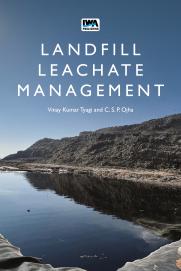 Landfill Leachate Management
Landfill Leachate Management
Landfill leachate is a complex mix of organics, inorganics and heavy metals produced from the conventional and engineering landfilling practices. The adverse effects of landfill leachate on the...
 Nanobiohybrids for Advanced Wastewater Treatment and Energy Recovery
Nanobiohybrids for Advanced Wastewater Treatment and Energy Recovery
In the quest for sustainable solutions, a groundbreaking innovation emerges: "Nanobiohybrids for Advanced Wastewater Treatment and Energy Recovery". This compelling title delves into the...
-
Forthcoming books
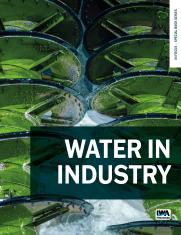 Water in Industry
Water in Industry
Water of different qualities is used in a wide range of industrial processes. After usage, various substances enter the water streams, generating the industrial wastewater whose characteristics...
 Meta-Data Collection and Organization in Wastewater Treatment and Wastewater Resource Recovery Systems
Meta-Data Collection and Organization in Wastewater Treatment and Wastewater Resource Recovery Systems
This Scientific Technical Report demonstrates meta-data strategies for water resource recovery facilities (WRRF), including the essential data validation with machine learning and traditional...
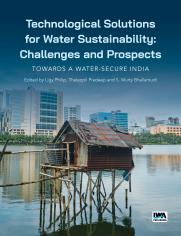 Technological Solutions for Water Sustainability: Challenges & Prospects - towards a water-secure India
Technological Solutions for Water Sustainability: Challenges & Prospects - towards a water-secure India
The book provides an overview of technical sustainable water management in the Global South, mainly in India. The book is structured in five sections:
- Current state and challenges,...
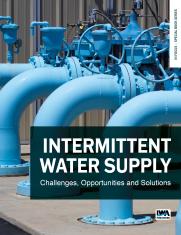 Intermittent Water Supply: Challenges, Opportunities and Solutions
Intermittent Water Supply: Challenges, Opportunities and Solutions
Intermittent Water Supply is common in the majority of countries in South Asia, Latin America, Africa and the Middle East. There are different factors that cause intermittency in water systems...
-
New books
 Articulating Publicness in Infrastructure: The history of municipal streets, water and sanitation in Sweden
Articulating Publicness in Infrastructure: The history of municipal streets, water and sanitation in Sweden
The contribution of this book lies in the historical comparison of infrastructural systems that normally are dealt with separately. The synthesis has been achieved mainly by an extensive...
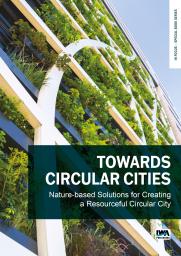 Towards Circular Cities: Nature based solutions for creating a resourceful circular city
Towards Circular Cities: Nature based solutions for creating a resourceful circular city
This book comprises six chapters prepared by the COST Action Circular City. The Action aims to establish a network of researchers and stakeholders testing...
 Landfill Leachate Management
Landfill Leachate Management
Landfill leachate is a complex mix of organics, inorganics and heavy metals produced from the conventional and engineering landfilling practices. The adverse effects of landfill leachate on the...
Marine Plastics Abatement: Volume 2. Technology, Management, Business and Future Trends
Marine Plastics Abatement Volume 2, focusses on abatement strategies and up-to-date technological innovations against marine plastic pollution such as resource recovery, plastics-to-values, co-...